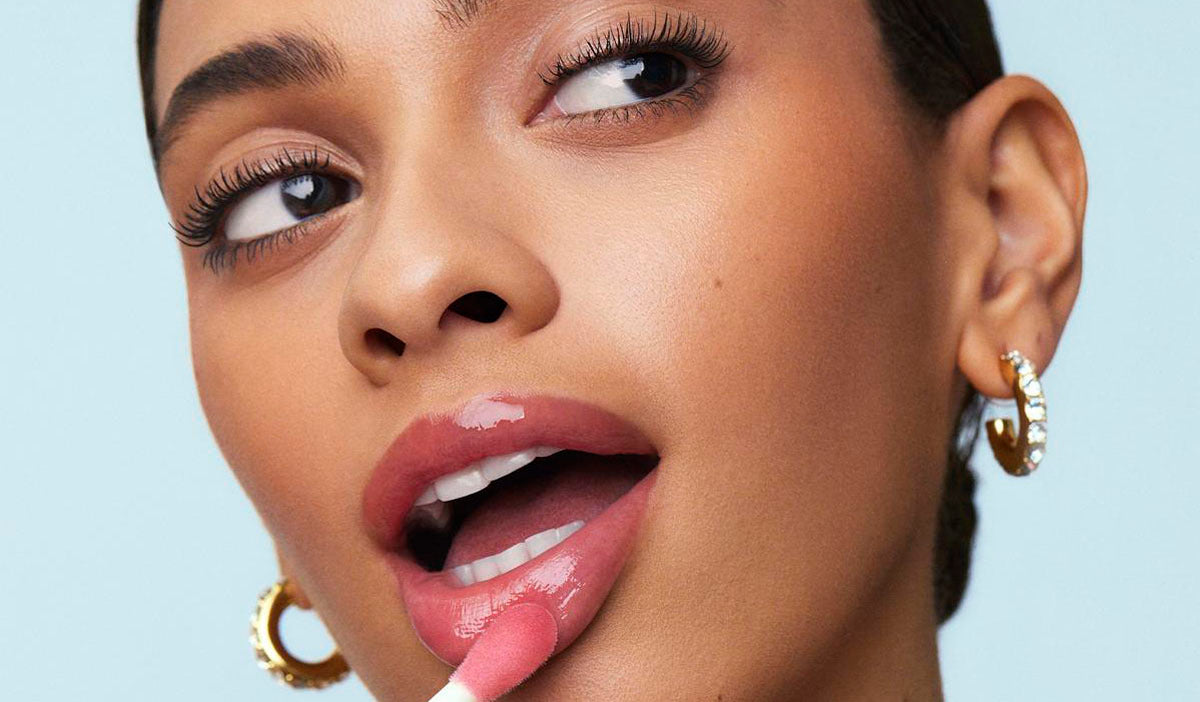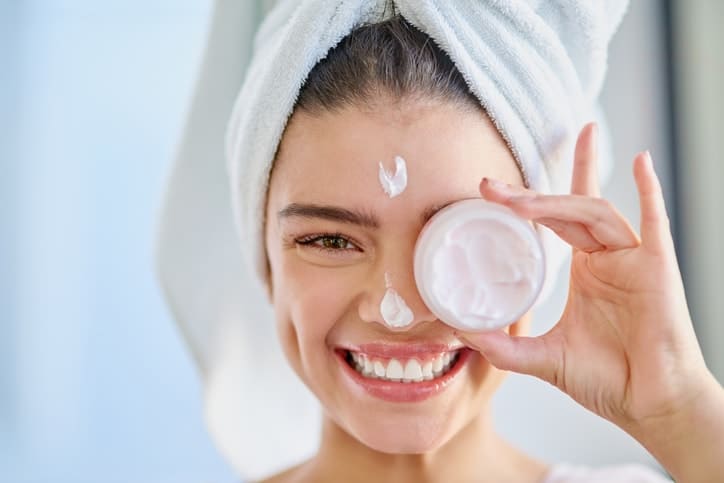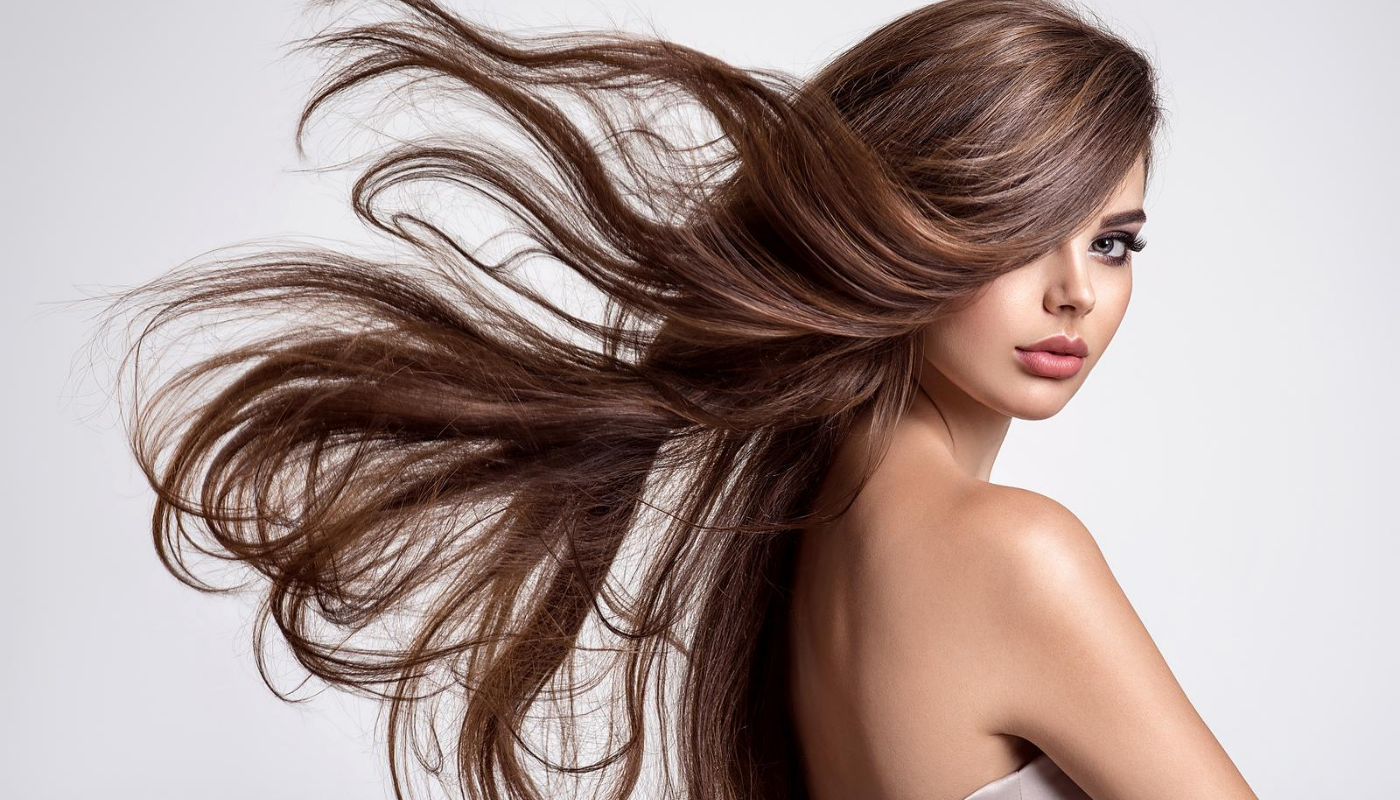Gorgeous hair is a universal aspiration for every woman, making proper hair care essential. Regular visits to the hairdresser are crucial, but selecting the right hair care products, including shampoo, conditioner, masks, oils, and more, is equally important. With the vast array of products available, determining the most suitable ones can be challenging. The key lies in accurately identifying your hair type before making product choices.
How to Identify Your Hair Type
Choosing the appropriate hair care products relies on understanding your hair type, as using the wrong ones can contribute to various hair concerns. Knowing your hair type enables you to strike the right balance for optimal hair health.
1. Hair Texture
Begin by assessing the diameter of your hair strands, determining whether they are fine, medium, or thick. This characteristic influences how well your hair holds styles and responds to products. Fine hair may struggle to maintain styles without additional support, while thick hair, although robust, can be challenging to style. Medium hair strikes a balance, offering good style retention and ease of styling.
Test: Compare a strand of your hair with a sewing thread of similar color. If your hair appears thinner than the sewing thread, it is fine; if it seems thicker, it is likely thick. Anything in between indicates normal/medium hair.
Understanding your hair texture helps guide your choice of products, ensuring they align with the specific needs of your hair type.
Fine Hair:
Hair is considered fine when its diameter is less than 0.06 mm. Fine hair tends to be more delicate, susceptible to damage, and less resilient against high temperatures from styling tools. The drawback of fine hair includes a lack of volume, limpness, and a tendency to become greasy quickly. Consequently, fine hair requires meticulous and gentle care.
Recommended Care:
The objective of your hair care routine for fine hair is to impart the illusion of thickness. Achieving this doesn't necessitate drastic measures; instead, focus on using the appropriate shampoo for fine hair, a weightless conditioner, and a hair mask tailored for fine hair. Avoid products with creamy or rich consistencies that may weigh down the hair; opt for those with clear, gel textures. Look for terms on the packaging such as volume, fine, thin hair, weightless, and light. Ingredients like cellulose, various proteins (wheat, rice), and polymers that enhance fullness and strengthen hair are beneficial. Steer clear of products containing Dimethicone or Behentrimonium Methosulfate, as they can make the hair greasy. Apply conditioning products (conditioner, treatment) exclusively to your lengths and ends. Minimize the use of styling products, opting for light and non-firming options, such as volumizing foams, volume sprays, or volume powders.
Medium/Normal Hair:
Normal hair typically has a thickness of about 0.07 mm. It is neither excessively oily nor dry, possessing a natural shine, suppleness, and resistance to damage. While it requires minimal care, it consistently looks good, and hairstyles maintain their shape well. Medium/normal hair is in optimal condition when cared for appropriately.
Recommended Care:
If you have medium hair, consider yourself fortunate, as it doesn't necessitate special cosmetics. A shampoo for normal hair or a daily shampoo, including a 2-in-1 option with conditioner, is suitable for your hair type. Occasionally treating your hair to an intensive treatment or hair mask can provide additional nourishment.
Thick Hair:
Hair is considered thick when its diameter exceeds 0.08 mm. Thick hair exhibits a robust, voluminous appearance with a substantial amount of texture. However, it is prone to frizz, can be less manageable, and may not retain moisture as effectively as other hair types. The upside is that thick hair is more resilient against damage, breakage, and high temperatures.
Recommended Care:
To address the unique needs of thick hair, individuals should focus on using moisturizing products to hydrate strands and combat frizz. Opt for highly hydrating shampoos, nourishing conditioners, and masks with a rich texture, containing ingredients like cocoa or shea butter, known for their high fatty acid content. Smoothing and anti-frizz products, including shampoos, conditioners, and masks designed for thick hair, are beneficial. Incorporating hair oils into your routine adds shine, softness, and anti-frizz benefits. Styling options are diverse, with the only precaution being to avoid products with high water content in their formulas.
Curly & Wavy Hair:

When considering hair texture, it's essential to factor in the shape—whether it's straight, wavy, or curly. Straight hair requires minimal special care, so attention is focused on the needs of curly and wavy hair, which demand more attention. Typically characterized as coarse, dry, frizzy, porous, and lacking shine, this type of hair benefits from targeted care.
Recommended Care:
Curly and wavy hair generally lacks hydration and nutrition. Opt for shampoos specifically formulated for curly and wavy hair, and those designed for dry hair can also be effective. Utilize conditioners and hair masks tailored to the needs of curly and wavy hair. Given the tendency for curly hair to be frizzy, incorporate smoothing and anti-frizz products into your routine. Additionally, consider whether you want to enhance or straighten your curls, using various styling products to define and support the natural shape of your curls.
2) Scalp Oiliness/Dryness:

It's common knowledge that the health of your hair is intricately tied to the condition of your scalp, making its care not just a suggestion but a necessity. However, assessing your scalp's condition can be challenging, especially when you experience a combination of an oily scalp and dry, split ends.
Test:
Wash your hair as usual, allowing it to air dry without applying any products to maintain accurate results. The following morning, gently press (avoid wiping) a tissue against your scalp. Allow your hair to sit overnight. In the morning, press a tissue (without rubbing) to the crown of your head. If the tissue shows oil residue, you have an oily scalp. A trace of oil indicates a normal scalp, while no residue suggests a dry scalp.
Dry Scalp:
Having a dry scalp often correlates with dry, lackluster, and coarse hair. If you find yourself washing your hair only once a week, dry scalp may be the culprit. Various factors can contribute to dry hair, such as excessive color or lightener use, frequent application of hot tools like flat irons and curling irons, using harsh or low-quality shampoos, or simply neglecting proper hair care.
Recommended Care:
Revitalize your hair with essential fats to maintain hydration. Choose a suitable moisturizing shampoo and conditioner for dry hair to combat dryness effectively. Integrate a deep treatment moisturizing mask into your routine for added benefits. Minimize daily heat usage on your hair, as excessive heat can contribute to dryness. If using hot tools is necessary, apply a quality thermal protector to retain moisture. Consider using a moisturizing leave-in treatment, which can be sprayed onto dry hair as needed. Conversely, steer clear of deep-cleansing and volumizing shampoos, as they may exacerbate dryness.
**Normal Scalp:**
If your scalp falls into neither the dry nor oily category, chances are you wash your hair about twice a week. Care for a normal scalp aligns with the recommendations outlined in point 1) for normal hair.
Oily Scalp:
Oily hair is characterized by a flat, greasy, and heavy appearance, requiring daily washing or 4-5 times a week. The primary cause of oily hair is often an oily scalp. While some individuals can maintain a perfect blowout for eight days, others with more "active" sebaceous glands may experience an oil buildup within hours.
Recommended Care:
While you can't alter the activity of your sebaceous glands due to genetic factors, certain measures can help manage oily hair. Opt for specialized cosmetics designed for this hair type, including shampoo for oily hair, weightless conditioner, and a tonic for an oily scalp. Conversely, avoid moisturizing, nourishing, and smoothing products with oily or overly rich consistencies. Dry shampoo becomes a useful tool once your hair starts to become greasy, helping manage the issue effectively.
3) Porosity:

Porosity refers to the hair's ability to absorb moisture or products. Understanding your hair's porosity is crucial for determining suitable chemical treatments and product choices.
Test:
An uncomplicated method to assess hair porosity involves placing a single strand of hair in a bowl of water. If the hair sinks, it indicates high porosity, absorbing moisture readily. If it floats, the hair has low porosity, resisting moisture absorption. If the hair hovers in the middle of the water, it has normal porosity, indicating a well-balanced state. However, this test can vary with different hair weights. Alternatively, you can assess porosity by touch—smooth hair indicates low porosity, while bumpy hair suggests high porosity.
High Porosity:
Hair with high porosity exhibits gaps or tears in the cuticle, often resulting from chemical treatments, heat styling, or various forms of damage. This characteristic leads to rapid absorption of products, requiring frequent applications. Despite quick drying, individuals with high porosity often struggle with hair that feels neither hydrated nor nourished.
Recommended Care:
To address high porosity, minimize heat exposure that can further dry out strands. Opt for hydrating hair products to provide ample moisture. Choose highly nutritious, creamy, or oily products, excluding those designed for very fine hair. Consider using shampoos specifically formulated for damaged hair, preferably sulfate-free for gentle cleansing. Cleansing conditioners offer an even gentler option. Follow with conditioners for damaged hair, smoothing conditioners, regenerating masks, and hair oils. Products with a slightly acidic pH help restore the hair fiber, seal and smooth the cuticle, and retain moisture within the hair.
Medium Porosity:
Normal porosity allows hair to absorb nutrients from products easily and maintain reliable hydration, resulting in healthy and shiny-looking hair. No special care is required, aligning with the care routine for normal hair.
Low Porosity:
Hair with low porosity features a flat-cuticle structure, causing water to sit on the outside and resist absorption. Individuals with low porosity experience longer drying times and a tendency for products to build up on the hair rather than being absorbed.
Recommended Care:
For low porosity hair, prioritize removing product build-ups and deposits with deeply cleansing shampoos and peels. These products assist in opening the cuticle for better absorption of subsequent care products. Use hair masks and treatments sparingly, opting for occasional application, such as once every 14 days. To enhance product penetration, distribute them evenly through slightly damp hair. Avoid creamy and oily consistencies, opting for lighter products designed for fine hair.
4) Special Hair Types:
Beyond the previously mentioned hair types, various factors should be considered when selecting cosmetic products. Continue reading to discover more.
Colored & Blonde Hair:

Colored hair often undergoes sensitization, weakening, increased porosity, and damage due to frequent coloring. Opt for products specifically designed for chemically treated hair, including shampoos, conditioners, leave-in treatments, and hair masks tailored for colored hair. These products not only address hair quality but also protect the color from fading over time. Some toning products can even revitalize and enhance the color, extending the time between salon visits. Avoid sulfates, deep cleansing shampoos, and those designed for oily hair, as they may accelerate color fading.
Blondes can benefit from special shampoos, conditioners, and hair masks formulated for blonde hair. These products maintain the brightness and radiance of the color while addressing the quality compromised by the lightening process. Platinum blondes should incorporate violet/silver shampoos into their routine to counteract unwanted yellow and warm tones. Complement these shampoos with purple conditioners, silver masks, and violet toning leave-in treatments containing violet pigments.
Dandruff:

Combatting dandruff can be uncomfortable, with flakes and an itchy, dry scalp. Fortunately, the right dandruff shampoo can effectively address this condition. Look for ingredients like zinc pyrithione, salicylic acid, and allantoin in dandruff shampoos, as they work to remove dandruff from the hair. Due to their unique formulations, these shampoos should be applied differently. Massage the dandruff shampoo into the scalp and allow it to sit for about five minutes to effectively target the problematic yeast. To avoid prolonged use, alternate with a shampoo designed for a sensitive scalp. Additionally, leave-in dandruff tonics and anti-dandruff masks prove effective in combating dandruff.
Hair Loss

The cause of hair loss can be various. It’s important to understand the different types and causes in order to promote stronger, healthier hair. Reactional hair thinning often results from factors such as stress, dietary deficiencies, post-pregnancy hormonal changes or medications, while progressive hair thinning is usually genetic. The most effective forms of external care for thinning hair are: stimulating serums and tonics in combination with quality shampoos for thinning hair and conditioners for thinning hair. The key factor is regular and thorough application. However, be patient, you will probably see the first visible results after 3-4 months.
After passing all the hair tests, you may find that you do not have just one type of hair, basically, you can have fine hair that is thick or have coarse hair that is thin and any number of combinations in-between. What now? Identify one main area as a priority and focus on it.





